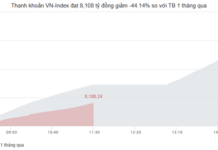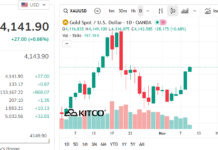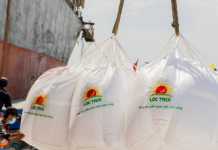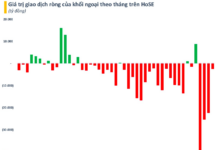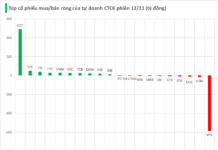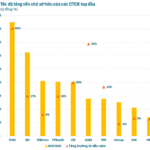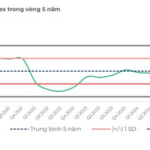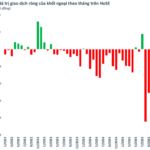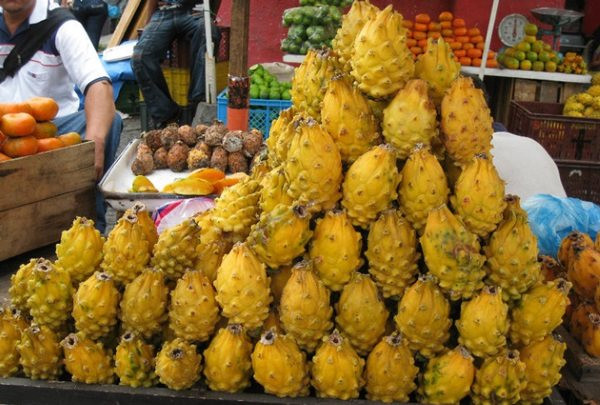
According to statistics from the General Department of Vietnam Customs, the export value of Vietnamese dragon fruit in Q3/2025 reached nearly $109 million, a 10.8% increase compared to Q3/2024. In the first nine months of the year, Vietnam earned $397 million, a slight 1.6% rise year-on-year. Despite slower growth, dragon fruit remains Vietnam’s second-largest fruit export, trailing only durian.
Vietnam has long established itself as a global leader in dragon fruit production. In 2024, exports reached $600 million, capturing over 85% of the global market share. With an annual output exceeding 1 million tons, dragon fruit has become a high-value agricultural commodity for the country. In key import markets like South Korea and Japan, fresh Vietnamese dragon fruit is processed into diverse products, increasing its trade value by 5-7 times compared to raw exports.
As of 2024, Vietnam maintains approximately 55,000 to 60,000 hectares of dragon fruit cultivation, primarily in the South Central Coast and Mekong Delta regions. Binh Thuan (formerly, now part of Lam Dong) remains the nation’s “dragon fruit capital,” with nearly 28,000 hectares. Annual production here surpasses 550,000 tons, thanks to its hot, dry climate and advanced irrigation systems. The region also leads in sustainable farming practices, with over 9,500 hectares certified under VietGAP and approximately 350 hectares under GlobalGAP.
In the Mekong Delta, Tien Giang (formerly, now part of Dong Thap) stands out with around 8,600 hectares dedicated to dragon fruit, mostly the red-fleshed variety, favored for its high sugar content and vibrant color. Key production areas like Cho Gao, Go Cong Tay, and Go Cong Dong focus on organic farming models, meeting phytosanitary standards of import partners.
Long An (formerly, now part of Tay Ninh) plays a significant role, accounting for about 15% of the nation’s total dragon fruit area. The region is notable for using nighttime lighting technology to induce off-season flowering, enabling year-round supply and enhancing economic value per unit area.
Other provinces like Vinh Long, Tay Ninh, and Ba Ria-Vung Tau (formerly, now part of Ho Chi Minh City) are expanding sustainable dragon fruit cultivation, gradually forming production-consumption chains for export.

Currently, two main types of dragon fruit are exported internationally: white-fleshed and red-fleshed. Red-fleshed dragon fruit is gaining dominance in premium markets due to its striking color, high sugar content, and superior shelf life.
However, the industry faces a significant challenge: 80% of exports are destined for China, creating dependency and risks tied to policy shifts. Notably, China has successfully cultivated dragon fruit, with over 67,000 hectares and a production volume of approximately 1.6 million tons.
Diversifying markets is now critical, with the U.S. emerging as a promising destination. Currently, the U.S. accounts for nearly 10% of Vietnam’s dragon fruit exports, with substantial growth potential.
A key initiative is the proposal by Vietnam’s Ministry of Agriculture and Environment, led by Deputy Minister Hoang Trung, during discussions with the U.S. Animal and Plant Health Inspection Service (APHIS). Vietnam has proposed U.S. recognition of hot steam treatment for dragon fruit, a method expected to significantly reduce costs and simplify export procedures. If approved, this would mark a major step in boosting trade.





